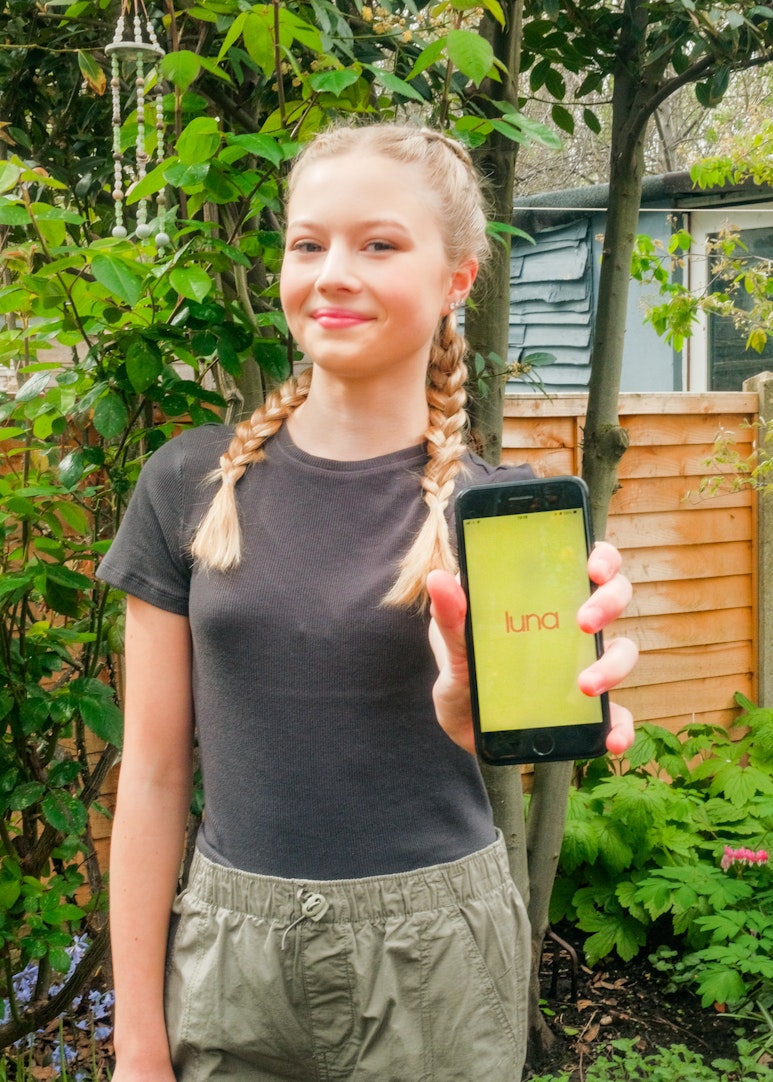
Does your daughter have ADHD?
Recognising ADHD in your daughter

Quick summary
- ADHD in girls often looks different than in boys – less hyperactivity, more daydreaming, or more emotional sensitivity
- Common signs include trouble focusing, forgetfulness, anxiety, and difficulty managing emotions
- Recognising these signs early and implementing supportive strategies at home and school can help your daughter thrive

If you’re reading this, chances are you’ve noticed your daughter struggling in ways that don’t quite fit the “typical” picture of being a teen.
Maybe they’re always losing homework, forgetting deadlines, or drifting off in class.
ADHD in teenage girls can be subtle and of course we’ll caveat this by saying everyone is different.
But often, unlike what is common for boys with ADHD, many girls aren’t bouncing off the walls – they’re quiet, daydreamy, or perfectionistic.
That doesn’t mean they’re coping well. Often, they’re just finding ways to mask their struggles.
How do you know if your daughter has ADHD?
It can be easy to miss ADHD in teenage girls. But here are some signs to look out for:
- Trouble focusing: drifting off in class, daydreaming, or seeming “in her own world”
- Forgetfulness: frequently misplacing homework, school supplies, or personal items
- Disorganisation: messy rooms, cluttered backpacks, or difficulty keeping track of deadlines
- Difficulty completing tasks: starting assignments enthusiastically but struggling to finish them
- Low self-esteem or frustration: feels like she’s “not good enough” despite trying hard
Girls with ADHD tend to have inattentive symptoms, such as distractibility or forgetfulness, whereas boys tend to have hyperactive and impulsive symptoms, such as restlessness.
However, everyone is different, and girls with ADHD can and do have hyperactive and impulsive symptoms.
You may have seen ADHD "checklists" online, but these are not accurate, and can only give an indication to whether someone has some ADHD traits.
A proper ADHD assessment is very detailed, and therefore ADHD can only be formally diagnosed by a professional.
So if you are concerned, speak with your daughter’s GP or the school SENCO in the UK – they'll be able to point you in the right direction for the next steps to take.
The reason that a proper ADHD diagnosis might be helpful is so that your daughter can access the right support (and of course, so that other diagnoses can be considered or ruled out).
What does ADHD masking look like in girls?
Masking is a fancy way of saying your daughter is hiding her ADHD. Not necessarily intentionally or because they know they have ADHD.
They might be over-preparing for school, always saying yes to friends to fit in, or hiding that they’re struggling with homework.
Masking takes a lot of energy, and it can leave your daughter feeling exhausted, stressed, and anxious – even if they look like they’re “doing fine” on the outside.
Is ADHD inherited from your mother or father?
ADHD tends to run in families.
If you’ve ever struggled with focus, organisation, or emotional regulation, it’s possible your daughter inherited some of those traits.
So knowing your family history can help you spot patterns and seek support early.
How to help a teenage girl with ADHD
Here’s the good news: there’s a lot you can do to make life easier for your daughter.
Start small, stay patient, and keep communication open.
- Chat openly: ask how they’re feeling, and listen without judgement – teens notice when parents truly hear them
- Create structure: calendars, checklists, and routines help reduce overwhelm
- Break tasks into bite-sized pieces: huge homework assignments or chores can feel impossible and splitting them up makes them manageable
- Work with school staff: teachers can help with accommodations, like extra time or organisation support
- Encourage coping strategies: mindfulness, journaling, or creative outlets can help your daughter manage stress and emotions
Girls with ADHD, especially those who went undiagnosed for a long time, can suffer from low self-esteem.
So, it is super important to celebrate your daughter’s strength and help them build up their confidence, with or without a diagnosis.
Small steps can make a big impact
Helping your daughter navigate ADHD doesn’t have to feel overwhelming.
The truth is, even small, consistent steps can make a huge difference in their focus, mood, and confidence.
Whether it’s creating a simple checklist for homework, carving out time for a creative hobby, or just having a calm conversation about how they are feeling, these little actions add up.
Remember, it’s not about “fixing” your daughter or eliminating every struggle – ADHD is part of who they are.
The goal is to help them manage challenges, celebrate their strengths, and feel supported along the way.
How we created this article:
luna's team of experts comprises GPs, Dermatologists, Safeguarding Leads and Junior Doctors as well as Medical Students with specialised interests in paediatric care, mental health and gynaecology. All articles are created by experts, and reviewed by a member of luna's senior review team.
Sources:
NHS "ADHD in children and teenagers" | Accessed 12.09.25
https://www.nhs.uk/conditions/adhd-children-teenagers/ChildMind "How to help girls with ADHD" | Accessed 12.09.25
https://childmind.org/article/how-to-help-girls-with-adhd/ADDA "ADHD masking" | Accessed 12.09.25
https://add.org/adhd-masking/We'd love to keep in touch!
Sign up to our parent newsletter for emails on the latest teen trends, insights into our luna community and to keep up to date
By signing up, you are agreeing that we can use your email address to market to you. You can unsubscribe from marketing emails at any time by using the link in our emails. For more information, please review our privacy statement.